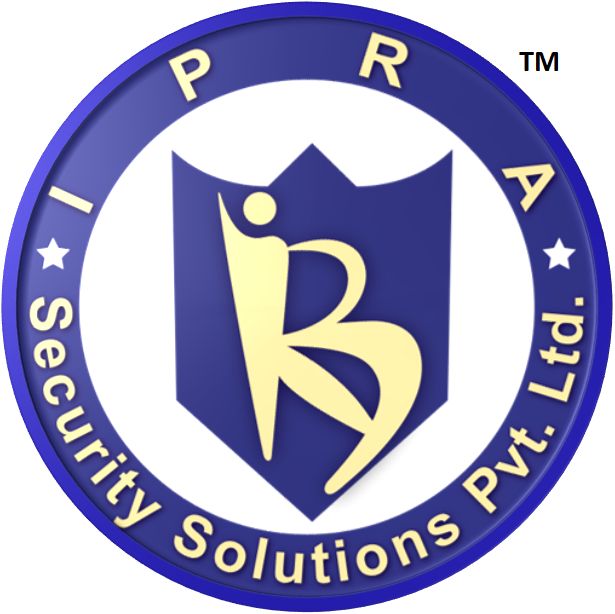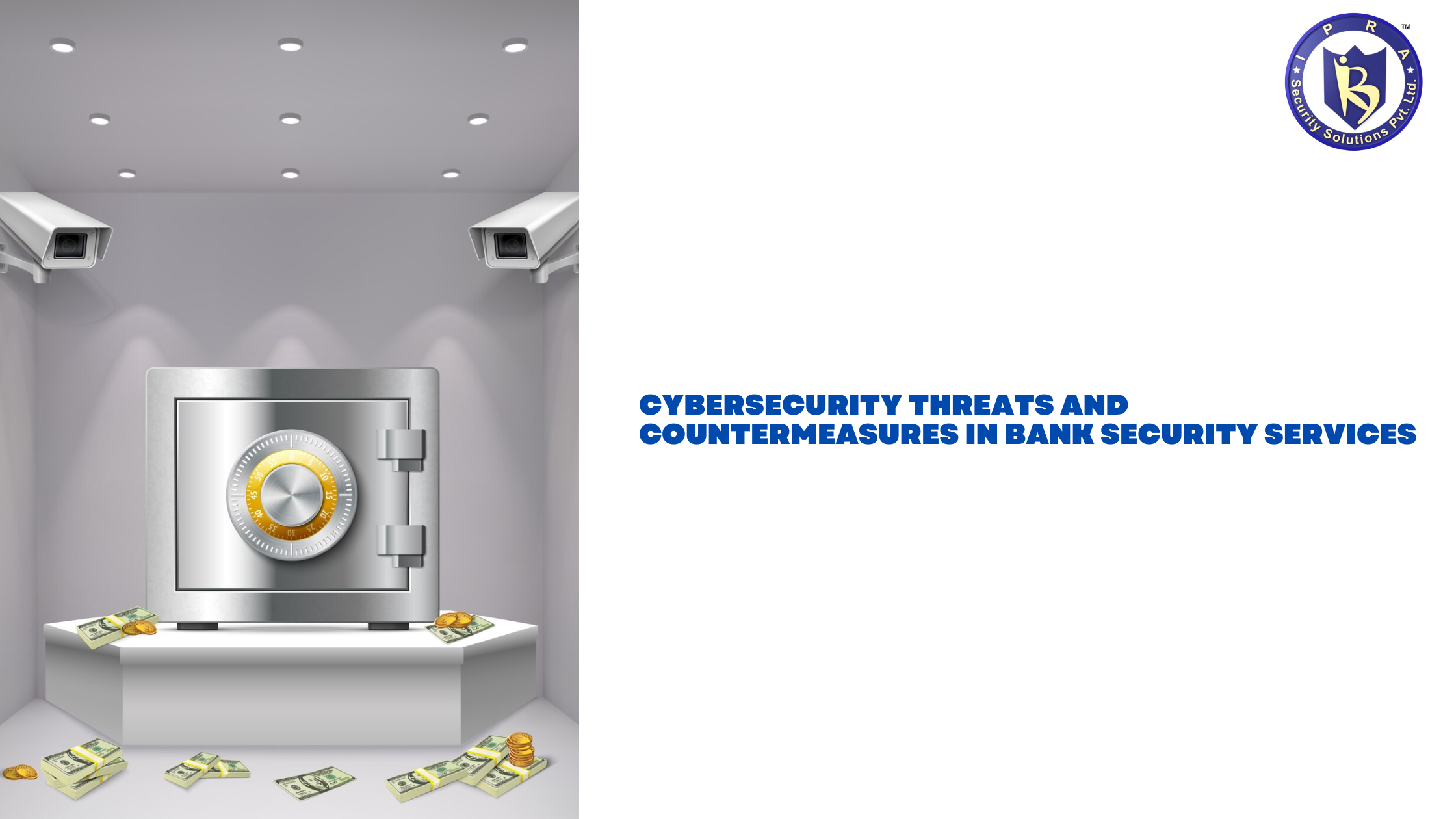As cyber threats grow more sophisticated, banks are doubling down on enhancing their cybersecurity frameworks. Bank security services now encompass advanced measures to combat ransomware, vulnerabilities in remote work setups, and threats targeting third-party suppliers. This article delves into the critical components of these security efforts, emphasizing the importance of regulatory compliance and robust risk management.
Advanced Ransomware Tactics and Remote Work Vulnerabilities
Ransomware has evolved into a major threat, with attackers employing increasingly sophisticated tactics. Banks must prioritize bank security services to defend against these cyber assaults. The rise of remote work has also introduced new vulnerabilities. Securing remote infrastructure is paramount to maintaining the integrity of bank security guards, ATM security services, and cash-in-transit security operations.
Targeting Third-Party Suppliers
Cybercriminals often exploit vulnerabilities in third-party suppliers to infiltrate banks. To mitigate these risks, comprehensive bank security services include regular audits and stringent vendor assessments. Bank surveillance systems and branch security solutions are integral to identifying and addressing potential weak points.
Regulatory Compliance and Risk Management
Staying compliant with evolving cybersecurity regulations is crucial for banks. New mandates, such as incident reporting requirements and the integration of AI tools for risk assessment, are reshaping the landscape of financial institution security. Banks are adopting bank protection services to ensure compliance and enhance their security posture.
Latest Regulatory Requirements
Banks must navigate a complex regulatory environment to maintain compliance. Regular updates on regulatory changes and the adoption of best practices are essential. Human risk management strategies are also vital, focusing on monitoring employee behavior to prevent internal threats.
AI Tools for Risk Assessment
The integration of AI in bank security services allows for real-time risk assessment and threat detection. These tools help banks stay ahead of cyber threats by identifying vulnerabilities before they can be exploited.
Comprehensive Cybersecurity Measures
Banks are implementing a multi-layered approach to cybersecurity, ensuring that every aspect of their operations is protected. Regular security audits are conducted to identify and rectify vulnerabilities, ensuring that bank security services remain robust and effective. These audits are critical for maintaining the integrity of bank security guards, ATM security services, and cash-in-transit security.
Robust incident response plans are another cornerstone of bank security. These plans enable banks to quickly address breaches and mitigate damage, protecting critical assets like vault security services and branch security solutions. In the event of a cyberattack, a well-prepared incident response plan ensures minimal disruption and swift recovery.
Employee training programs are also essential in fostering a culture of cybersecurity awareness. By educating staff about the latest threats and best practices, banks can reduce the risk of internal threats and enhance overall security. This training supports the effectiveness of bank surveillance systems, bank alarm systems, and teller protection services.
Incorporating advanced technologies like AI tools for real-time risk assessment and threat detection further strengthens these measures. By continuously monitoring and improving their cybersecurity frameworks, banks can protect against emerging threats and ensure the safety of their financial institution security and bank branch security.
IPRA Security Solutions: Leading the Way in Bank Security Services
IPRA Security Solutions is at the forefront of providing comprehensive security solutions for banks. Their services include bank alarm systems, bank security personnel, and teller protection services. IPRA Security Solutions’s expertise ensures that banks are well-equipped to handle modern cybersecurity challenges.
FAQs about Bank Security Services
Q1: What are the essential components of bank security services?
A1: Key components include bank security guards, ATM security services, cash-in-transit security, and robust bank surveillance systems.
Q2: How do banks protect against ransomware attacks?
A2: Banks use advanced bank security services, including regular audits, incident response plans, and employee training programs, to defend against ransomware.
Q3: What role do AI tools play in bank security services?
A3: AI tools are used for real-time risk assessment and threat detection, enhancing the overall security framework of banks.
Q4: How can banks ensure compliance with cybersecurity regulations?
A4: Banks must stay updated on regulatory changes, adopt best practices, and implement comprehensive bank protection services to ensure compliance.
Q5: What measures do banks take to secure third-party suppliers?
A5: Banks conduct regular audits and stringent vendor assessments to mitigate risks from third-party suppliers.
Conclusion
With the rise of sophisticated cyber threats, banks must continually enhance their bank security services. Companies like IPRA Security Solutions are crucial in providing comprehensive security solutions, ensuring banks can protect their assets and maintain regulatory compliance.
For more information on cybersecurity and compliance in the banking sector, consider these references:
Related Reading
How to Choose the Right Security Services in Gurgaon?
With Gurgaon’s rapid growth as a commercial and residential hub, the demand for professional security solutions is higher than ever. Whether you are securing a corporate office, an upscale residence, or hiring personal bodyguards for VIP protection, selecting the...
The Role of Security Services in Delhi NCR: Keeping the City Safe
What role do security services in Delhi NCR play in maintaining safety and order? In a city as bustling and densely populated as Delhi, the importance of reliable security cannot be overstated. With rising crime rates and a growing need for protection, professional...
How Security Services in Noida Can Safeguard Your Business Growth?
Have you ever considered how vital security services are for business growth? In a competitive market like Noida, where businesses are booming, ensuring safety and security is essential. Security services in Noida play a crucial role in protecting assets, employees,...





Recent Comments